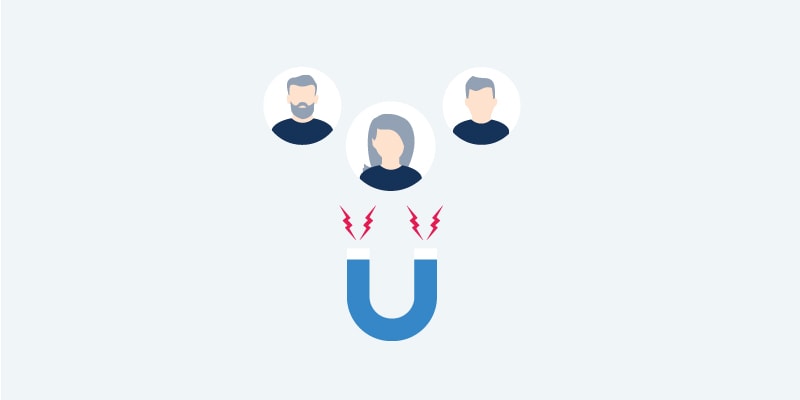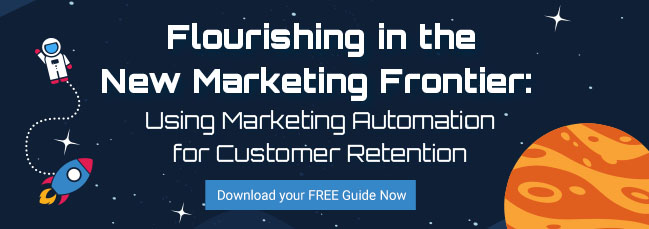Did you know that the probability of selling to a new prospect is 5-20 percent while the probability of selling to an existing customer is 60-70 percent? This stat from Marketing Metrics and others like it demonstrate why marketers today can’t focus on customer acquisition alone; they also need to have a strategy for customer retention.
For many marketing teams, where to begin with customer retention and changing an engrained internal mindset that focuses largely on acquiring new customers is the biggest challenge for ramping up their retention efforts. By creating a customer retention strategy, you can help your team embrace this audience and achieve success marketing to existing customers. Here’s how:
1. Have a documented plan. As with customer acquisition, your customer retention efforts are best served by having a documented plan in place. You can start with a separate document, but also be sure to include your customer retention marketing efforts in your annual marketing plan so it gets the attention it deserves. Include the various segments of customers you want to market to and exactly when and how you plan to connect with them.
2. Build strong customer relationships. Communication is the key to strong customer relationships. Once someone purchases your product or service, they should feel closer to your company than ever. But the reality for many customers is that they fall off a company’s radar once the sale is closed or the contract is signed. Your customer retention strategy should include a number of options for touchpoints with your customers to ensure that they are happy and in-the-know about what is happening at your company.
3. Incorporate the human touch. Technology often allows us to do business with companies without ever engaging with another human being. While that is a win for convenience, it can often diminish the customer experience. It also goes against customer preferences, with 83 percent of US consumers surveyed by Accenture stating that they prefer dealing with human beings. Among all the digital interactions you include in your customer retention plans, be sure to include some human ones too.
4. Segment customers. Much like leads, customers need to be segmented. Ultimately, how you segment customers will depend upon your goals, audience and business model. You may, for example, decide to segment based on past purchases or length of time as a customer. Or perhaps geographic or other demographic segmentation makes more sense. Whatever you decide, segmenting your customers will allow you to address the unique needs of each audience individually, thus increasing the success of your customer retention efforts.
5. Notice warning signs. One of the most obvious ways to improve customer retention is to prevent customers from leaving. The first step is to identify the signs of impending customer churn. Identifying these signs will take some effort, but it is a worthwhile investment in customer retention. First, you will need to identify the customer behaviors that indicate a potential for churning – this could be purchase patterns, customer service inquiries, product usage or a wide variety of other variables. Then, you will need to craft a plan to regularly monitor for and target these customers with special offers or other kinds of focused outreach.
Happy Marketing!










Leave A Comment